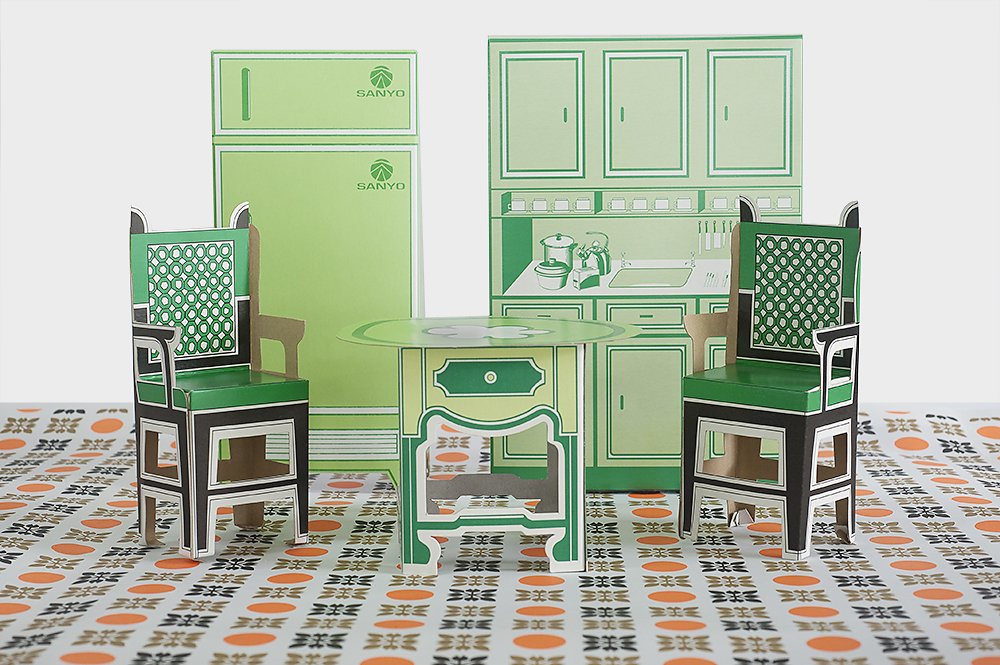
The Chinese have a custom of burning paper items for the deceased, believing that these items will provide their loved ones a more comfortable afterlife. The grandiose paper houses are painstakingly crafted to let the spiritual habitants live a luxurious life in the after world, as a form of compensation for their passing. There are no evidence to suggest how or what the afterlife is like – most of the “information” are merely fragments of the living’s imagination, stories to create a realm that we can understand and take comfort in. Those who have actual evidence of it, sadly, are unable to communicate with us. This series is an intimate look at the paper houses, dissecting the interior spaces, objects and characters tied to these huge colourful paper mansions crafted by the masters in this dying handcraft trade. These spaces are physical yet at the same time fictional, nothing more than an extension of the living’s imagination.
